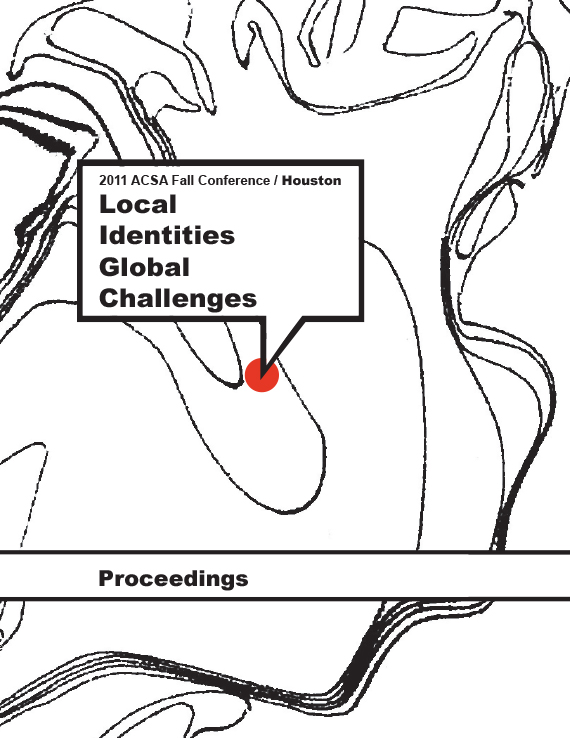Author(s): Frank Jacobus
James Corner describes urban form as a “living arena of processes and exchanges over time”. Attempting to understand these morphological properties helps provide insights into causal characteristics of built form in lieu of simply focusing on the object qualities of our environment. How do we decipher or decode the exchanges layered within our commercialized landscapes? What are the historical processes that have evolved into to this particular type of layering? How can we more objectively assess landscapes that have undergone a form of reification that challenges our perceptions as to what is natural or inevitable about the spaces we inhabit? To what extent has the public realm been suffocated by privatization and commodification? Do we live in an age that is witnessing the dissolving of local and regional identities into one that is singularly global? What are the short and long term effects on human beings and our environment of spatial realms constructed primarily for profit and speculation? How do these realms affect our perceptions of space, our sensibilities, our imaginations and our actions?To probe these questions I deliver a problem each spring to the students in my fourth year Architectural Programming class entitled Dissecting the Programmed Landscape. This project, a comparative analysis of two commercialized landscapes in Moscow, Idaho, attempts to demythologize these built environs to help uncover the underlying dynamics and organizational principles that caused their formation and continual evolution. Within this project I ask that the students use mapping as a vehicle of discovery and mechanism for communication. They are to think of their maps (the 2-dimensional sheet of paper), not merely as a representation of an existing landscape, but as a new landscape within which new spatial rules can be established. The objective of the mapping problem is that the students become aware of the programmed, experiential, social, political, and cultural elements embedded within the landscape and use mapping as a means of understanding and communicating these phenomena.J.B. Jackson suggests that the road acts as the social unifier in the American landscape. Dissecting the Programmed Landscape is a project that attempts to assess the character and meaning of these roads.
Volume Editors
Ikhlas Sabouni & Jorge Vanegas

 Study Architecture
Study Architecture  ProPEL
ProPEL 
